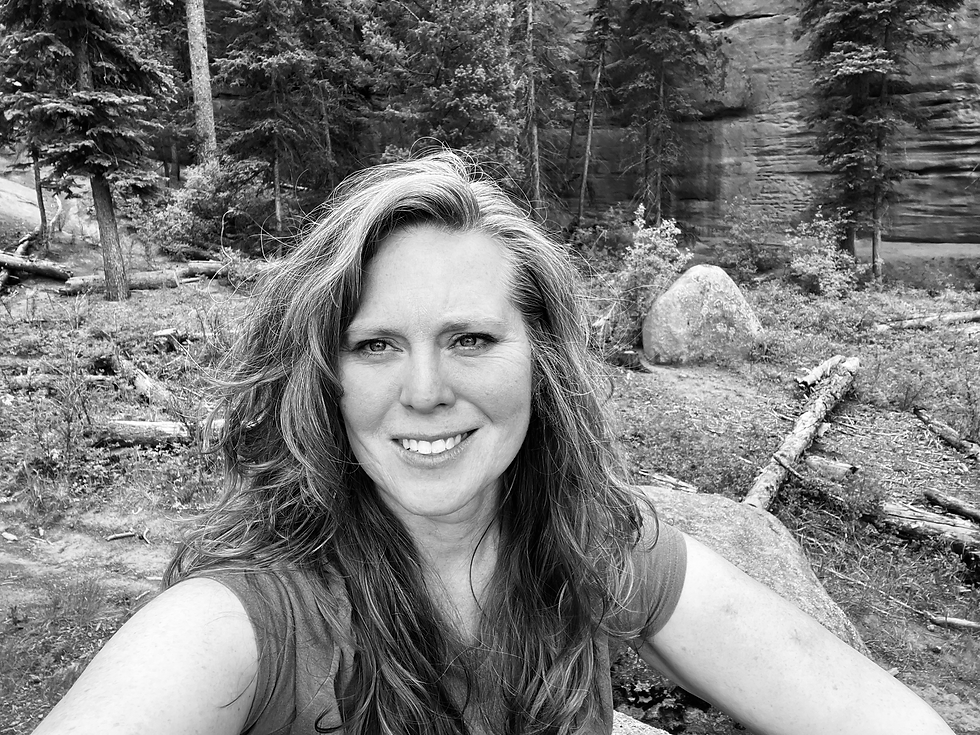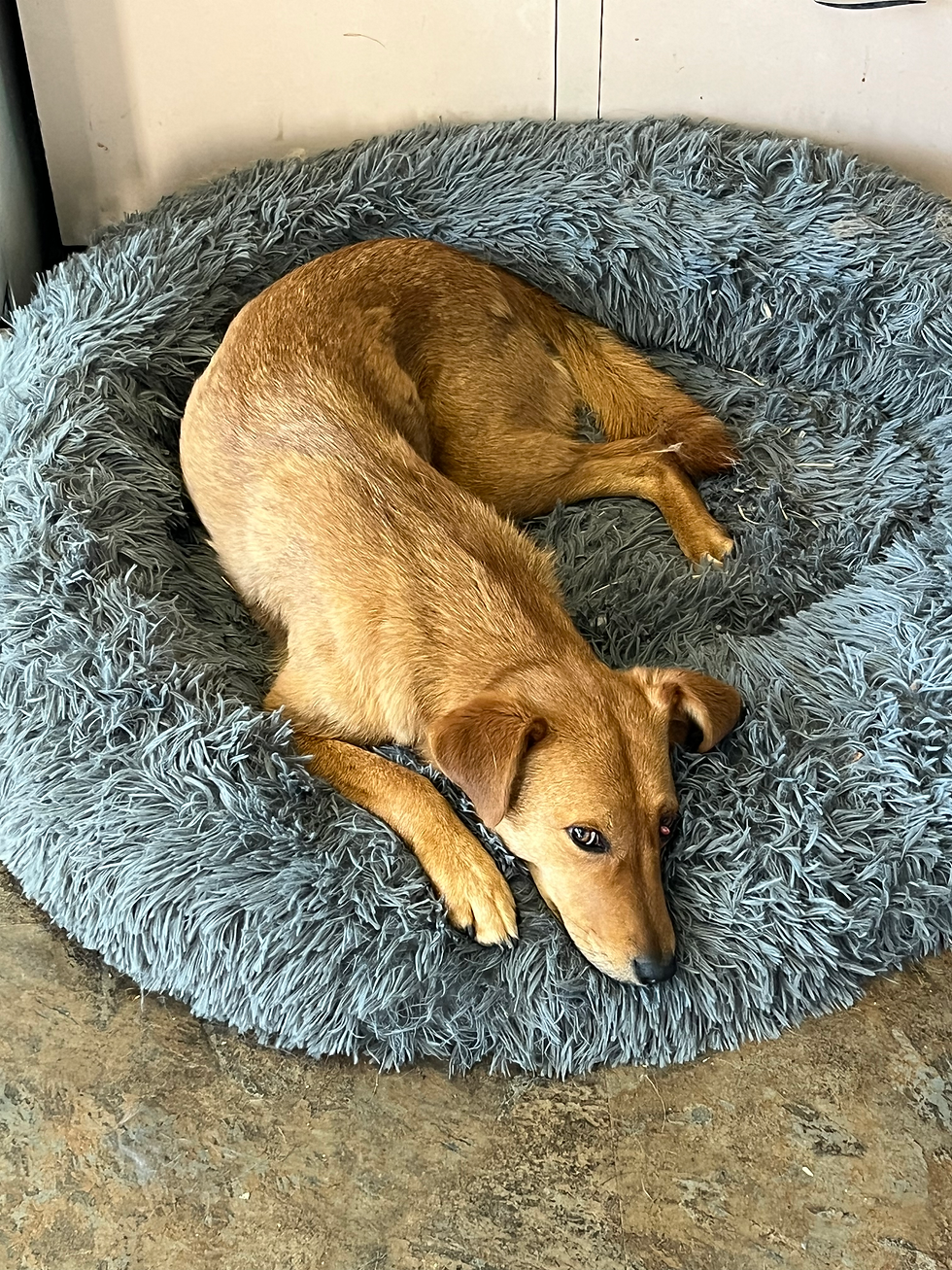When the Self Disappears: Core Withdrawal and the Nervous System
- mrglhic
- May 18
- 3 min read

What looks like calm may actually be collapse. Core withdrawal is a survival response that pulls the body inward and shuts down expression, movement, and breath. In this piece, I explore how this pattern shows up in both children and adults—and what it really takes to return to presence.
There was a time when I thought I was regulated because I wasn’t reacting.
I could sit still. Be quiet. Make it through the day. I didn’t yell. I didn’t cry. I didn’t need help. But inside, my breath was barely there. My body was clenched. Everything in me had pulled inward, like I was bracing against something I couldn’t name.
I wasn’t calm—I was gone.
This is core withdrawal.
It’s one of the earliest protective reflexes our nervous system uses to survive overwhelm. The body curls in, tension spirals around the diaphragm, spine, and low back, and everything inside shuts down to preserve just enough function to get by. To an outsider, it can look like stillness. But on the inside, the system is frozen.
Core withdrawal is often mistaken for regulation—because the person isn’t acting out. But regulation isn’t the absence of behavior. It’s the presence of connection. Of breath. Of movement.
Of aliveness.
And when someone is caught in core withdrawal, those things are missing.
What It Looks Like
In children, it might show up as:
Slumped posture or poor core strength
Sensitivity to touch or sudden transitions
Shutting down when faced with challenges
“Good behavior” that hides fatigue, fear, or overwhelm
In adults, it might look like:
Chronic exhaustion or low motivation
Breath that never seems to go deep enough
A body that feels heavy, tight, or disconnected
Patterns of collapse, fawning, or people-pleasing
What’s common across all ages is this: the body disappears. And so does the self.
Beyond Behavior: Why This Gets Missed
In most systems, behavior is used as the primary lens for regulation. If a child is sitting still, they’re considered “regulated.” If an adult is quiet and cooperative, they’re seen as “doing well.”
But the nervous system tells a different story.
Core withdrawal isn’t an emotional state—it’s a whole-body pattern. It affects how we breathe, move, digest, speak, connect, and learn. It’s not something we can talk or logic our way out of.
It’s embedded in the very tissues of the body.
In my work, I’ve seen children make little progress—until this pattern is addressed. I’ve seen adults stuck in healing loops for years—until they find a way to come back to their core.
This isn’t resistance. It’s a nervous system doing its best to stay safe.
What Healing Looks Like
Emerging from core withdrawal isn’t about “trying harder.” In fact, trying often pushes the body further into freeze.
What it is about is reawakening the system with safety, movement, and presence:
Supporting deep, natural breath (without forcing it)
Gently activating the spine and pelvis
Creating experiences of success and connection
Making space for sensation—noticing what it feels like to be in the body again
Sometimes this means the person starts to move more, fidget, emote, or even express frustration.
This isn’t regression—it’s life returning. When the freeze lifts, the body starts to show what it’s been holding.
It’s not always graceful. But it’s real.
A Note for Families and Practitioners
If you’re working with someone—child or adult—who seems “fine” but you sense something deeper is missing, you’re probably right. And it’s not your job to fix them. It’s your invitation to meet them.
To track not just the behavior, but the breath.Not just the compliance, but the tone.Not just the quiet, but the quality of presence.
The body tells the truth, even when the words can’t.
You’re Not Alone
If this article speaks to something you’ve experienced—personally or professionally—you’re not alone. This is tender work. Sometimes the first step is simply naming what’s been happening beneath the surface.
Core withdrawal protected you.Healing brings you back.
And you don’t have to do it all at once.Even one breath deeper is a beginning.


